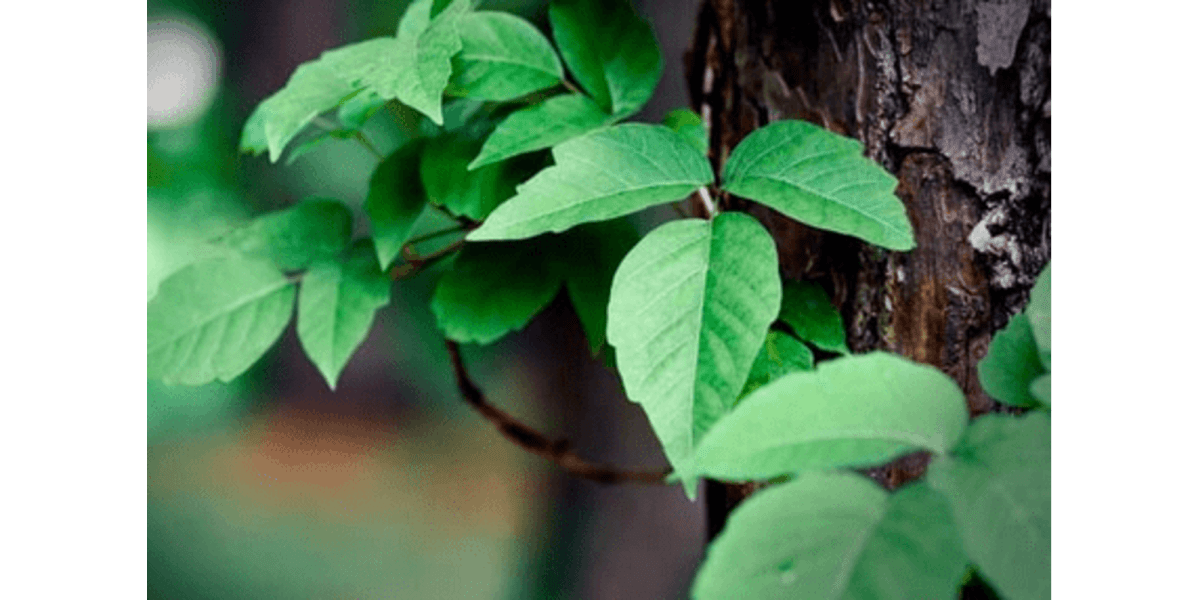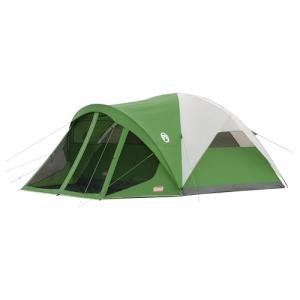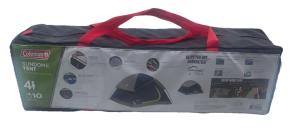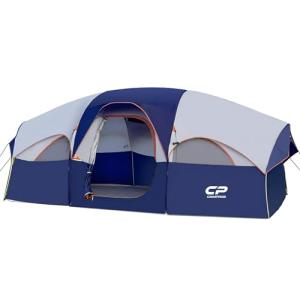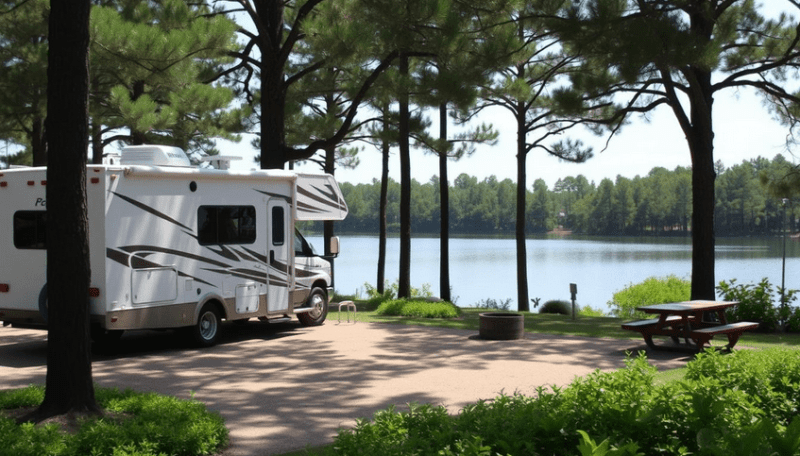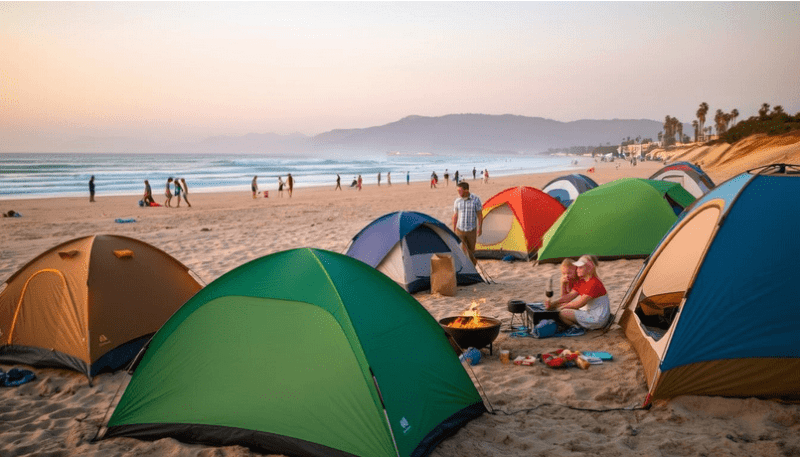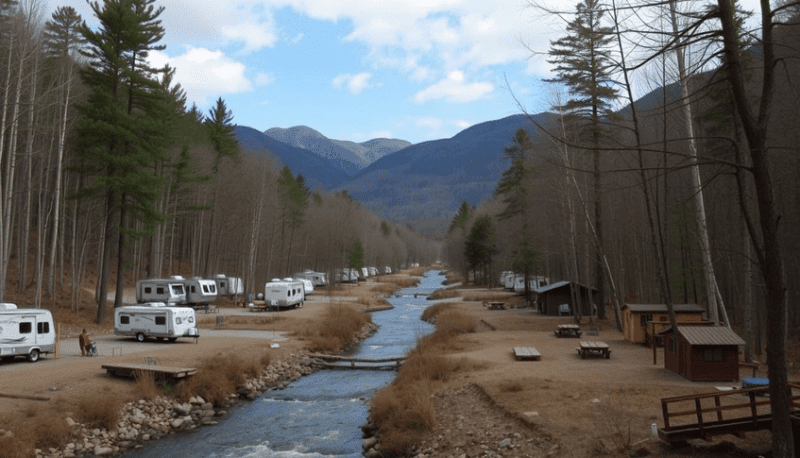Protect Kids from Poisonous Plants When Camping

Camping with kids is a great adventure, but safety is key. The U.S. Food and Drug Administration says about 85% of people will react to plants like poison ivy, oak, and sumac.
As parents, we must teach our kids about these dangers. We need to protect them from these plants. This way, we can make sure they have a fun and safe camping trip.
Key Takeaways
- Identify common poisonous plants found during camping trips.
- Teach children how to recognize and avoid these plants.
- Use protective clothing and gear to minimize exposure.
- Know how to treat exposure to poisonous plants.
- Plan your camping trip carefully to avoid areas with high concentrations of poisonous plants.
The Dangers of Poisonous Plants for Children During Camping Trips
Camping trips can be fun but dangerous if kids touch poisonous plants. Parents need to know the risks and how to keep their family safe.
Why Children Are More Vulnerable to Plant Toxins
Children are curious and love to explore. They might touch or eat plants without knowing the dangers. Plants like poison ivy can cause bad allergic reactions, like rashes and itching.
Common Exposure Scenarios in Camping Environments
There are many ways kids can get exposed to poisonous plants while camping. They might walk through thick plants, play in unknown areas, or touch plants while gathering firewood. Knowing these risks helps parents protect their kids.
Potential Health Consequences of Plant Poisoning
Plant poisoning can cause mild skin issues or serious problems. Symptoms include redness, swelling, and intense itching. In bad cases, it can even make breathing or swallowing hard if the face or neck is affected.
By understanding these dangers and taking steps to prevent them, parents can keep their kids safe from poisonous plants during camping trips.
Common Poisonous Plants to Identify in US Camping Areas
https://www.youtube.com/watch?v=4oyoDRHpQK0
When we go camping, knowing about poisonous plants is key. It helps us stay safe and have fun with our kids. Learning about these plants is important for poisonous plants awareness and plant identification for parents.
Poison Ivy, Oak, and Sumac: Identification and Habitats
Poison ivy, oak, and sumac are common in camping areas. They have an oil that makes people itch and get blisters. Here's how to spot them:
- Poison ivy: It's a vine or shrub with leaves in groups of three.
- Poison oak: It looks like poison ivy but has leaves with deep teeth.
- Poison sumac: It's a shrub or tree with white berries and milky sap.
Dangerous Berries, Mushrooms, and Water Hemlock
There are other plants that are dangerous too. Some berries and mushrooms can be toxic. Water hemlock is especially dangerous. Here are some dangers to watch out for:
- Toxic berries: Some berries, like those from deadly nightshade, can be deadly.
- Poisonous mushrooms: Some, like the death cap, are very toxic.
- Water hemlock: It's very poisonous and can cause seizures and death.
Regional Toxic Plants Across Different US Camping Destinations
The US has many different toxic plants. Knowing what plants are in your area is important. For example:
- In the Southeast, poison sumac and toxic berries are common.
- In the Pacific Northwest, poisonous mushrooms and water hemlock are found.
- In the Northeast, poison ivy and oak are everywhere.
By knowing about these plants, we can keep our kids safe. This knowledge helps us prevent poisonings and ensures a safe camping trip.
How to Protect Kids from Poisonous Plants When Camping

Keeping kids safe from poisonous plants while camping is a mix of teaching, getting ready, and watching closely. As outdoor lovers, we must make sure our kids can enjoy nature safely.
Pre-Trip Education: Making Plant Safety Fun and Memorable
Teaching kids about dangerous plants before we go can be fun and educational. We can make a plant safety guide together, with pictures of plants we might see. This way, kids can learn and remember which plants are dangerous.
Some good ways to do this include:
- Using apps to identify plants
- Playing a scavenger hunt with safe plants
- Talking about why not to touch unknown plants
Protective Clothing and Barrier Products
Dressing kids in protective clothing helps keep them safe from poisonous plants. Wearing long sleeves, pants, and closed shoes can help a lot. Also, using barrier products like certain creams or sprays can add extra protection against plants like poison ivy.
Safe Campsite Selection and Boundary Setting
Picking a safe campsite is key to avoiding poisonous plants. We should stay away from places with lots of plants or known toxic plants. After setting up camp, it's important to set clear boundaries for our kids.
This means creating "Safe Zones" where they can play without danger.
Creating "Safe Zones" for Young Explorers
Setting up "Safe Zones" helps kids know where it's okay to play. These areas should have no poisonous plants or other dangers. By doing this, we let our kids explore while keeping them safe.
It's also smart to go with them and teach them about the plants they see. This way, they learn and stay safe in their designated areas.
By teaching before we go, using protective gear, and choosing a safe campsite, we can greatly lower the chance of our kids getting hurt by poisonous plants. This approach not only keeps them safe but also makes their outdoor adventures more fun and educational.
Emergency Response: What to Do If Your Child Contacts Poisonous Plants

Knowing how to react when your child touches a poisonous plant is crucial. Even with precautions, accidents can still happen. Taking the right steps can greatly reduce health risks.
Immediate First Aid Steps for Different Types of Exposure
If your child touches a poisonous plant, act fast. For skin contact, wash the area with soap and water right away. Remove any dirty clothes and rinse well.
For skin irritation, use calamine lotion or hydrocortisone cream. It can help with itching and redness.
If your child eats a poisonous plant, don't make them vomit unless a doctor says so. Try to identify the plant and get medical help fast.
Warning Signs That Require Medical Attention
Watch your child for signs that need quick medical help. Look for severe skin reactions, trouble breathing, nausea, vomiting, or stomach pain. If you see these, get medical help fast.
Some plants can cause problems later, so keep watching even after first aid.
Essential Items for Your Plant Exposure First Aid Kit
Being ready is important for handling plant exposure. Your kit should have soap, water, calamine lotion, hydrocortisone cream, and any doctor-recommended meds. Also, include a guide to common poisonous plants in your area.
Being prepared and knowing how to act can make camping safer for your family. Remember, camping safety tips and family outdoor adventure plant safety are key to avoiding and handling plant poisonings.
Conclusion: Balancing Safety and Adventure in the Great Outdoors
When we go camping with our families, we need to find a balance. We must be careful about poisonous plants and take steps to stay safe. This way, we can have a fun and safe camping trip for our kids.
We talked about the dangers of poisonous plants and how to avoid them. Choosing safe places to camp, dressing our kids right, and keeping our campsite clean helps a lot. These steps help keep our kids safe from harmful plants.
If our kids do get exposed, having a first aid kit ready is key. Knowing what to do right away can help a lot. By being careful and prepared, we can make sure our camping trip is fun and safe for everyone.
FAQ
Q: What are the most common poisonous plants found in US camping areas?
A: Poison ivy, oak, and sumac are common in US camping areas. Also, certain berries, mushrooms, and water hemlock can be dangerous. Knowing the toxic plants in different areas is key to keeping our kids safe.
Q: How can we identify poison ivy, oak, and sumac?
A: Look for specific features to identify these plants. Poison ivy has compound leaves with three leaflets. Poison oak has lobed or deeply toothed leaves. Poison sumac has whitish berries. Knowing these can help us avoid them.
Q: What are some effective ways to protect our kids from poisonous plants when camping?
A: Teach our kids about plant safety. Use protective clothing and barrier products. Choose safe campsites and set boundaries. Creating "safe zones" for young explorers can also help.
Q: What should we do if our child comes into contact with a poisonous plant?
A: Wash the affected area with soap and water if our child touches a poisonous plant. Remove any contaminated clothing. Apply a barrier product or calamine lotion to ease symptoms. Watch for signs that need medical help, like trouble breathing or severe skin irritation.
Q: What are the essential items to include in a plant exposure first aid kit?
A: A first aid kit should have soap, water, calamine lotion, hydrocortisone cream, and antihistamines. Include any medications for allergies. Also, have a guide to poisonous plants and emergency contact numbers.
Q: How can we make plant safety education fun and memorable for our kids?
A: Use games, quizzes, and hands-on activities to teach plant safety. Involve our kids in identifying safe and poisonous plants. Encourage them to ask questions and explore safely.
Q: Are there any regional differences in poisonous plants that we should be aware of when camping?
A: Yes, different regions have different poisonous plants. Water hemlock is found in wetlands, while poison oak is common on the West Coast. Research the plants in your camping area.
DISCLAIMER
This document is provided for general information purposes only and should not be relied upon as providing legal advice, technical, or specific operational guidance to the reader, whether as to the practices described in the document or the applicable legal requirements and regulations. bestcampingdeals.com expressly disclaims any responsibility for liability arising from or related to the use or misuse of any information in this document.
